'Zom 100' Critiques Predatory Capitalism
Zombie apocalypses have been metaphors for late-stage predatory capitalism, but never a system disrupter that brings about freedom.
Incluvie Foundation Gala - Learn More





This month celebrates Indigenous communities and their cultures. But, when it comes to representing Indigenous people in media, we fall short. This is because Indigenous peoples' stories are often told through the white gaze, and not by their people. When we think of authentic Indigenous films, there’s not much to think of apart from the Native American-led films in the 90s. Most of these films that featured Native Americans were either westerns, documentaries, or coming-of-age. There wasn’t much expansion of Indigenous peoples in other popular genres until now. I introduce to you, Slash/Back (2022), an Inuit sci-fi horror that is centered on four Inuit girls hunting alien monsters, and ultimately saving their village, Pangnirtung “Pang” from an alien invasion. Directed by Nyla Innuksuk, who is an Inuk herself, this film not only represents Inuit girls but girlhood altogether. The emphasis on girlhood such as friendship, sisterhood, and girl power in Slash/Back makes it relatable for Inuit girls and non-indigenous girls.
***WARNING: Spoilers Ahead***
Before we dive into the film, you need to know about our characters: Maika, Uki, Jesse, and Lee Lee. Every friend group has friend group archetypes, so that’s how we’ll introduce our characters. First, we have Maika, she’s the leader of the group. Her father is known to be the best hunter in Pang; in the opening scene, we see a young Maika learning how to hunt with her father, by showing her how to use a rifle. And, what separates Maika apart from the other girls is her inability to accept her Inuit heritage. Second, is Uki, who’s known to be the rebel of the group. She never backs down from a fight or dare, which leads her to discover that the strange behavior of the animals is the reason people are going missing in Pang. Uki is also the believer of the group, she originally thought the creatures that were inhabiting the animals were Ijiraq (Inuit mythology) but realizes they're “aliens pretending not to be aliens” in order to suck blood from living hosts to “fuel” it for their spaceship. Then, there’s Jesse. Jesse is the mom of the group; the calm and collected one. She attempts to stay neutral whenever the girls are arguing (Maika and Uki). The last friend of the group is Lee Lee. Lee Lee is more privileged than the rest of the girls. Most of the community lives in less-developed homes, whereas, Lee Lee’s family lives in a more modern home. Another example, where we see Lee Lee as privileged, is when Maika asks how much data she has on her phone; her response is: “I don’t know, my parents pay for it”. Additionally, we have Aju, who is an unofficial member of the group. Aju is Maika’s little sister, she always tags along with the girls but is often left behind because she’s the youngest of them. And for that reason, Aju is the Drew Barrymore of the group because Aju reminds me of Gertie from E.T. (1982).
[update 1 year later] Out of 11 nominations, Everything Everywhere All at Once (2022) won 7 Oscars at the 95th Academy Awards this March 2023! That's for:
The new A24 film was just as the title describes: Everything Everywhere All at Once (2022). A friend saw an early screening and reported that the movie was all over the place, not what he was expecting. Isn’t that in the title? – was my smart reply. I couldn’t possibly have expected what the film turned out to be, like many. The already-cult limited release film stars Evelyn (Michelle Yeoh from MCU’s Shang-Chi, Crazy Rich Asians, and numerous films) and Joy (Stephanie Hsu from The Marvelous Mrs. Maisel), with supporting roles Waymond (Ke Huy Quan from The Goonies), and Jamie Lee Curtis (The Halloween movies and Knives Out). Everything Everywhere is like the Matrix, but with OCD and hallucinogens, plus a heart’s dose of mother-daughter intergenerational intercultural growing pains. The movie currently scores 5 for the Incluvie score, and 4.5 for the Movie score, with 97% critics score on Rotten Tomatoes. People love it! Personally, I wouldn’t say I love it, but I also didn’t dislike it.
Outer Banks (2020-) knows its audience: young adults in a country that can’t stop romanticizing good ole’ treasure hunts. Add a little of Riverdale’s (2017-) sex appeal, and no one can look away. Forty years after The Goonies (1985) America’s consciousness hasn’t strayed from the same tropes: treasure hunts, a vulnerable white male lead, and the whitewashing of a racially segregated setting.
In Episode 3, aptly named “The Forbidden Zone,” the show’s preppy antagonists attack Pope (Jonathan Davis), a member of the core four groups of leads, on a golf course. Two white men attack a black man “trespassing” on a golf course. The show portrays this instance of violence as a conflict between two social classes: the economically disadvantaged “pogues” and the well-off “kooks.” These two groups supposedly aren’t defined by race, but each contains supporting minority characters. The show’s failure to acknowledge the racial nature of this violence exemplifies why so many white people in America don’t believe racism exists. They have the tools to explain it away. When Pope is beaten up, he isn’t black, he’s a “pogue.” The class distinctions of Outer Banks enable young viewers to view racial violence in a way that does not challenge their understanding of race.
The show’s setting also ignores its racial context. Sara Cameron (Madison Clyne), a “kook” who becomes the love interest of “pogue” John B (Chase Stokes), lives on a former plantation. However, the show does not discuss the legacy of slavery. Instead, slavery is merely a backdrop for the white kids (and Pope) going on their treasure hunt. In real life, would John B really look Pope in the eye and say, “Hey, let’s go explore this planation!” Sadly, he probably would. If that’s true, then the show doesn’t do anything for America’s social consciousness at all. Not that it meant to.
Mishandling of female stories

Young teenager Mikey Walsh finds an old treasure map in his father's attic. Hoping to save their homes from demolition, Mikey and his friends Data, Chunk, and Mouth set off on a quest to find the secret stash of Pirate One-Eyed Willie.
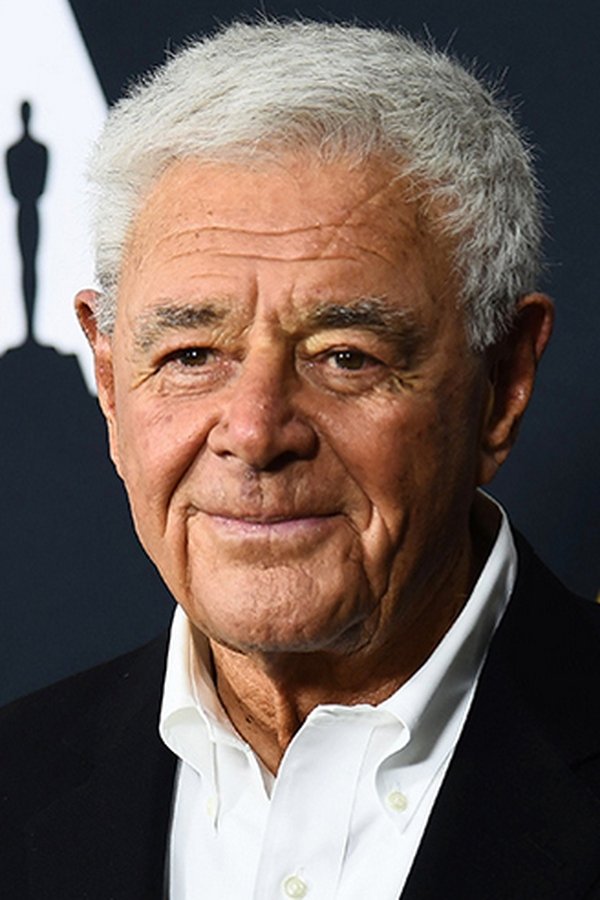
Richard Donner
Director

Richard Donner
Director

Sean Astin
Mikey Walsh
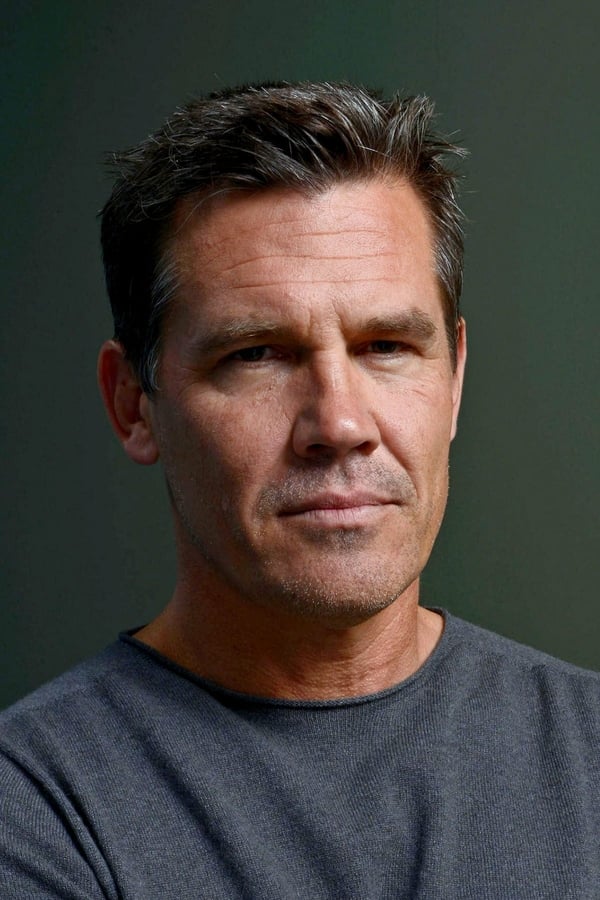
Josh Brolin
Brand Walsh

Jeff Cohen
Lawrence "Chunk" Cohen
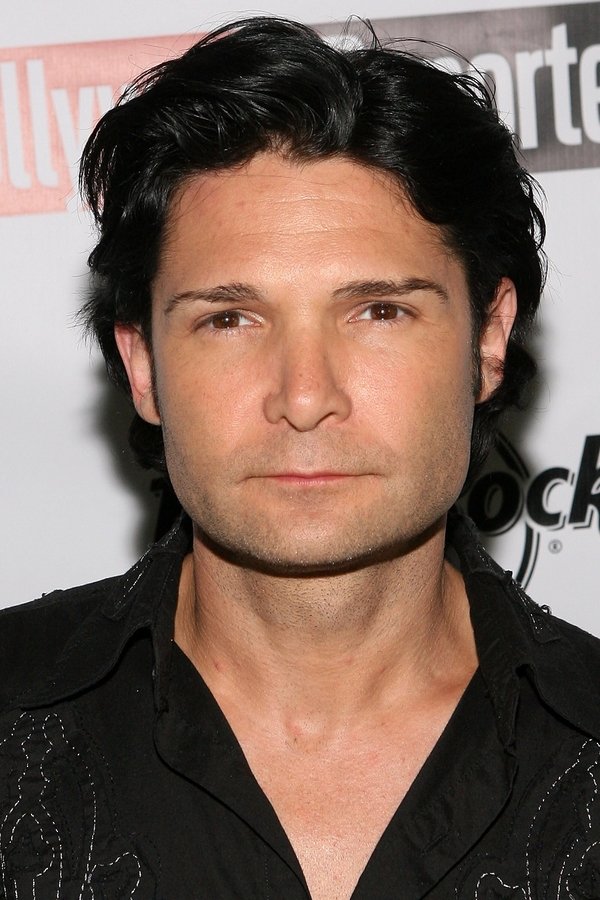
Corey Feldman
Clark "Mouth" Devereaux

Kerri Green
Andy Carmichael

Martha Plimpton
Stephanie "Stef" Steinbrenner

Ke Huy Quan
Richard "Data" Wang

John Matuszak
Sloth
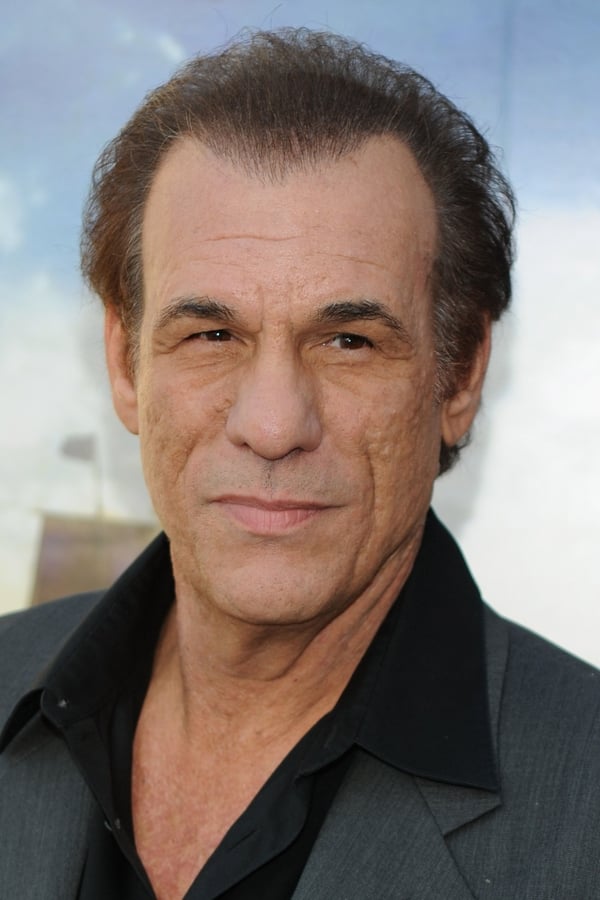
Robert Davi
Jake Fratelli
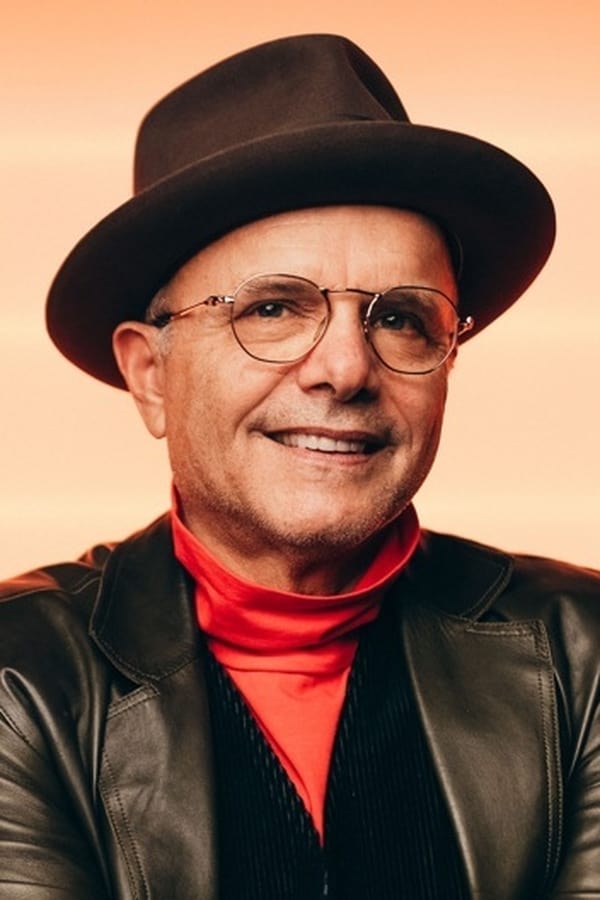
Joe Pantoliano
Francis Fratelli

Anne Ramsey
Mama Fratelli
Zombie apocalypses have been metaphors for late-stage predatory capitalism, but never a system disrupter that brings about freedom.
'Easy A' is emblematic of a world that liked to sarcastically pretend it was progressive but wasn’t actually ready for that change, making it pretty anti-sex.
Gay representation is out there, but to portray a character who's gay as a big, happy brute is a rare treat.



